
Gion Matsuri Guide (July 2025): Access and Tips on Enjoying One of Japan's Three Great Festivals in Kyoto
- Written by: LIVE JAPAN Editor
Kyoto’s Gion Matsuri, a month-long festival starting July 1, features traditional performances and parades, transforming the city into an enchanting celebration hub.
(This page may contain promotional content.)
Kyoto’s Gion Matsuri is a captivating festival filled with traditional charm, delighting any visitor to Japan. Beginning on July 1 each year, it spans a full month. One of the festival's unforgettable experiences is the rhythmic sound of Kane bells played by Hayashi performers.
The festival's main highlights are the "Saki-matsuri" on July 17 and the "Ato-matsuri" on July 24, both featuring the spectacular Yamaboko-junkō parades. These joyful processions wind through Kyoto's streets, enchanting crowds with their lively atmosphere.
But Gion Matsuri offers much more than these main events. Throughout the month, visitors can enjoy the pre-festivals known as "Yoi-yama," which fill the city with an electrifying festive spirit, turning Kyoto into a magical hub of celebration for both locals and tourists.
What is the Gion Matsuri?
One of Japan's Three Great Festivals, the Gion Matsuri is held at the renowned Yasaka Shrine.
Originating during the Heian period to appease evil spirits thought to be causing a plague, the festival boasts a proud 1,150-year history.
Known for its long duration, extravagance, and deep connection to Kyoto, the Gion Matsuri has become an integral part of the city's cultural heritage and holds a special place in the hearts of its residents.
Getting to Gion Matsuri
Easily accessible from Hankyu Karasuma Station and Kyoto City Subway Karasuma-Oike Station, reaching Gion Matsuri is convenient and hassle-free.
2025 Gion Matsuri main event schedule
The schedule for the 2025 Gion Matsuri is as follows. Please note that there may be changes, so it's recommended to check the official website before visiting.
Note that paid viewing seats will be available only for the Pre-Festival (Saki-matsuri) Parade on July 17th and the Post-Festival (Ato-matsuri) Parade on July 24th.
・Event Dates: July 1-31, 2025
・Yamaboko-junkō Parade: Pre-Festival - July 17th / Post-Festival - July 24th
・Venue: Yasaka Shrine
- July 1–18
- Opening Rituals – Kippu-iri (Location: Each Yamahoko Neighborhood)
- July 2 (10 AM)
- Kuji-tori-shiki Ceremony – Lottery Drawing for Parade Order (Location: Kyoto City Hall Assembly Chamber)
- July 10 (4:30 PM–9 PM)
- Lantern Reception – Mukae Chochin (Location: Parish Area)
- July 10 (Around 8 PM)
- Mikoshi Purification Ceremony – Mikoshi Arai-shiki (Location: Shijo Bridge)
- July 10–14
- Saki-matsuri – Building of the Yamaboko Floats (Location: Saki Matsuri Yamahoko Neighborhoods)
- July 12–13
- Saki-matsuri – Yamaboko Hikihajime Parade (Location: Saki Matsuri Yamahoko Neighborhoods)
- July 17 (From 9 AM)
- Saki-matsuri – Yamaboko-junkō Parade (Location: Parish Area)
- July 17 (From 4 PM)
- Shinkōsai – Sacred Mikoshi Procession (Location: Yasaka Shrine → Shijo Otabisho)
- July 18–21
- Ato-matsuri – Building of the Yamaboko Floats (Location: Ato Matsuri Yamahoko Neighborhoods)
- July 24 (From 9:30 AM)
- Ato-matsuri – Yamaboko-junkō Parade (Location: Parish Area)
- July 24 (From Around 4 PM)
- Kankōsai – Mikoshi Return Procession (Location: Shijo Otabisho → Yasaka Shrine)
- July 28 (Around 8 PM)
- Mikoshi-arai-shiki – Mikoshi Purification Ceremony (Location: Shijo Bridge)
Gion Matsuri Festival Seat Tickets
Tickets for paid viewing seats, which allow you to enjoy the festival from an excellent vantage point, are also available for purchase. A portion of the proceeds from these tickets is used to preserve and continue the Yamaboko-junkō processions of the Gion Matsuri.
8 Things to See at the Gion Matsuri

1. Prayers for a smooth festival
The Gion Matsuri kicks off on July 1 with the "Kippu-iri" ceremony, where various stakeholders in the Yamaboko district gather to pray for the festival's success and hold meetings to discuss its smooth running.
2. The Kuji-hiki, a ballot that determines the float order during the Yamaboko-junkō parade
To determine the parade order for the Yamaboko-junkō parades, representatives from the Yamaboko district gather with the mayor of Kyoto City for the "Kuji-tori-shiki" ceremony. While nine floats, including the Naginatahoko float, have a predetermined order and do not participate in the drawing, the remaining 24 spots are decided by drawing lots for both the Saki-matsuri and Ato-matsuri.
3. See the “moving museums” of beautifully and ornately decorated Yamaboko floats

Of the 33 main Yamaboko floats, 29 are designated as Important Tangible Cultural Properties, adorned with exquisite carpets and tapestries. Some floats feature decorations incorporating imported Gobelin weaves and Nishijin weaves. These stunning artworks, revealed one by one as the parade progresses, have earned the Yamaboko the nickname "moving museums."
4. Get your hands on the famous chimaki amulets and other goods
One of the famous items of the Gion Matsuri is the Chimaki, an amulet made of bamboo grass for warding off bad luck and disease. Each Yamaboko has its own uniquely designed Chimaki with specific purposes. Many families in Kyoto place these amulets at their doorways to protect against bad luck. Additionally, there are various goods and items highlighting the unique aspects of each Yamaboko available for purchase, so be sure to visit the district office to check them out.
5. You can ride the Yamaboko floats before the parade!
By purchasing a Yamaboko float's chimaki amulet or a riding ticket, you can ride on the Yamaboko float. This allows you to see the intricate details of each decoration, from the construction of the ceiling to the head of the float. The boarding process is smoother during the day than at night, so take advantage of this opportunity to fully appreciate the craftsmanship up close.
6. The largest event before the Yoi-yama, the Yamaboko Hikihajime
The floats built for the Yamaboko-junkō parade, known as Hoko or Hikiyama, are tested for movement and parade-worthiness during the Yamaboko Hikihajime, held on July 12 and 13 for the Saki-matsuri, and on July 20 and 21 for the Ato-matsuri. Besides the main parade, the Yamaboko Hikihajime is the only other time to see the floats in action. Moving at around walking speed, these tests allow you to appreciate the immense size of the floats up close, creating an unforgettable experience.
7. Enjoy the height of the festival at the “Yoi-yama”!
The Yoi-yama takes place three days, two days, and the day before the Yamaboko-junkō parade in Shijo-dōri, where the Yamaboko floats tower over the small exhibits and shops lining the road.
The Yoi-yama for the Saki-matsuri, held on July 15 and 16, transforms the street into a pedestrian paradise. The "kon-chinki" sounds from the Gion Hayashi musicians fill the air, and the sight of lit Komagata lanterns creates a wonderful festival atmosphere.
In contrast, the Yoi-yama during the Ato-matsuri from July 21 to July 23 offers a much calmer ambiance, allowing you to relax and enjoy the serene mood.
8. Be sure not to miss the festival's highlight - the Yamaboko-junkō parade!

With 23 floats during the Saki-matsuri on July 17 and 10 floats during the Ato-matsuri on July 24, the Yamaboko floats parading through the streets of Kyoto are a breathtaking sight. The Kyoto Gion Matsuri Float Ceremony is recognized as a UNESCO Intangible Cultural Heritage. A highlight of the procession is the "Tsuiji-mawashi" points, where the floats change direction, earning applause and cheers from onlookers.
During the Yamaboko-junkō parade, Koike-dōri Street is converted into a fee-paying, designated seating area for the parade. In total, 33 Yamaboko floats can be seen between the Saki-matsuri and the Ato-matsuri, and you can enjoy the procession from beautifully decorated stands with paid seating.
The fee-paying seats during the Ato-matsuri offer not only a view of the Yamaboko-junkō parade but also a close-up look at the inspection of the floats, known as the Kuji Aratame. Tickets are sold in convenience stores nationwide, as well as travel agents, and on the internet (https://kyoto.travel/en/).
How are the crowds at Gion Matsuri and how to dress?

Expect crowds of 400,000-500,000 on the streets during the Yoiyama, accompanied by high temperatures. Due to the large crowds and sweltering summer heat, it's recommended to dress lightly, wear comfortable shoes, and bring a bottle of water.
The magnificent Gion Matsuri, dating back to the Heian period, attracts visitors from all over Japan for the Yoi-yama and Yamaboko-junkō parades. The main draw of the festival is its vibrant and refreshing spiritual ceremonies and rituals held for the gods, making it a must-experience event.
Text by: Efeel
-

-
Address
Yasaka Shrine and others, Kyoto Prefecture Higashiyama Ward, Kyoto City, 605-0000
View Map -
Nearest Station
Kyoto Station (JR Tokaido Line / JR Biwako Line / JR Tokaido Shinkansen / JR Kyoto Line / JR Sagano Line / JR San-in Line / JR Nara Line / Karasuma Line / Kintetsu-kyoto Line)
20 minutes by bus
- Phone Number 075-561-6155
-
Address
Yasaka Shrine and others, Kyoto Prefecture Higashiyama Ward, Kyoto City, 605-0000
The LIVE JAPAN editorial team is a multinational group made up of native editors who have lived in Japan for over five years and Japanese editors who love to travel. Together, we share the best of Japan, offering cultural insights, historical context, event updates, and travel-friendly deals, to support your journey every step of the way.
*Prices and options mentioned are subject to change.
*Unless stated otherwise, all prices include tax.
Popular Tours & Activitiess
Recommended places for you
-

Kanzenkoshitsuyakinikutabehodai Gyugyu Paradise Sannomiya
Yakiniku
Kobe, Sannomiya, Kitano
-
Goods
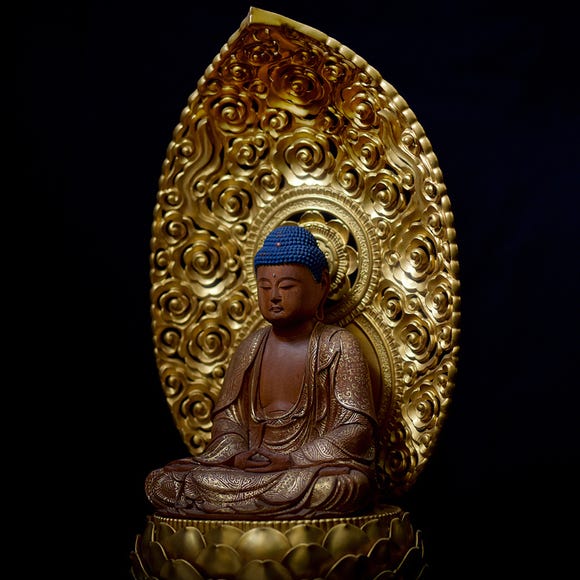
Yoshida Gennojo-Roho Kyoto Buddhist Altars
Gift Shops
Nijo Castle, Kyoto Imperial Palace
-

Dotonbori
Other Sightseeing
Namba, Dotonbori, Shinsaibashi
-

Kambei Sannomiyahonten
Yakiniku
Kobe, Sannomiya, Kitano
-

Jukuseiniku-to Namamottsuarera Nikubaru Italian Nikutaria Sannomiya
Izakaya
Kobe, Sannomiya, Kitano
-

ISHIDAYA Hanare
Yakiniku
Kobe, Sannomiya, Kitano
-

Best Things to Do and See Around Kyoto & Osaka in September: Events and Festivals in Kansai
-

Kyoto's Hidden Treasures Open This Winter! Enjoy Exclusive Access to 15 Rare Cultural Sites (Jan-Mar 2026)
by: Guest Contributor
-
Ad
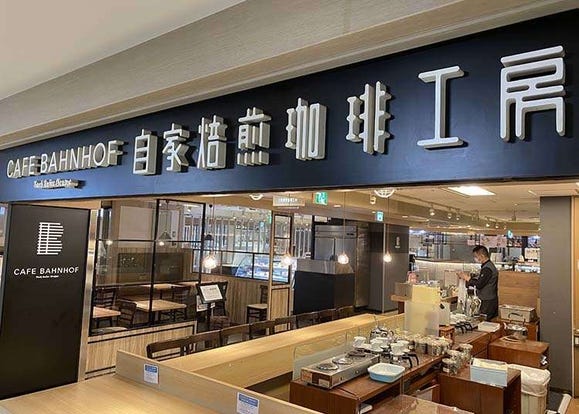
Café Bahnhof in Osaka: The home-roasted coffee that captivated G20 leaders!
-

November Events in Kansai: Fun Festivals, Food, and Things to Do in Kyoto & Osaka
-
Ad

Recharge and Relax with a Healing Getaway at Kamenoi Hotel Toba
-

New Way to Reach Koyasan! Ride Nankai's 'GRAN Tenku' for a Heavenly Journey
by: Guest Contributor
Inspiration for Accommodations
-

Spacious Family Hotel in Namba: 20 Comfortable Stays for Family Fun
-
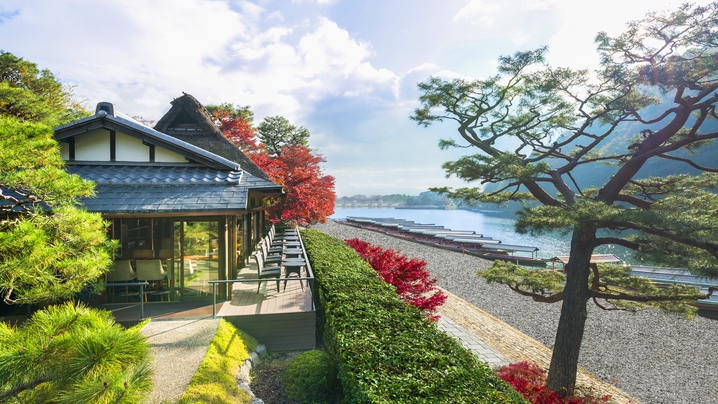
Charming Hotels to Enjoy the Spectacular Views of Arashiyama's Autumn Leaves from Your Room
-

Experience Stunning Views of Osaka Castle from Private Spaces: Top Hotels Near Osaka Castle
-
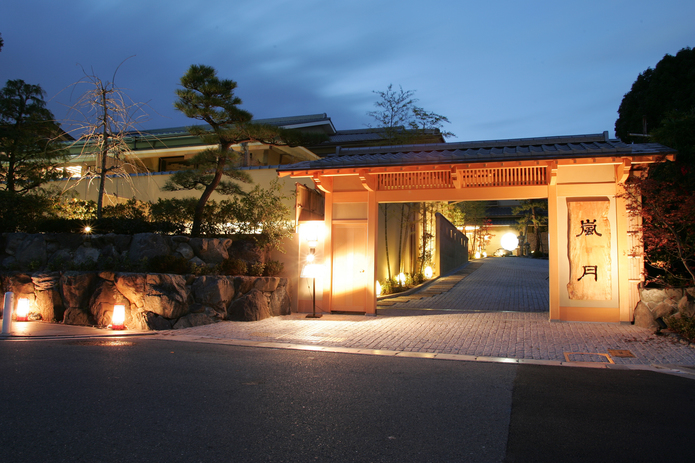
Recommended by Visitors! Arashiyama's Best-Rated Hotels
-

Family-Friendly Universal Studios Japan Hotel with Excellent Access
-
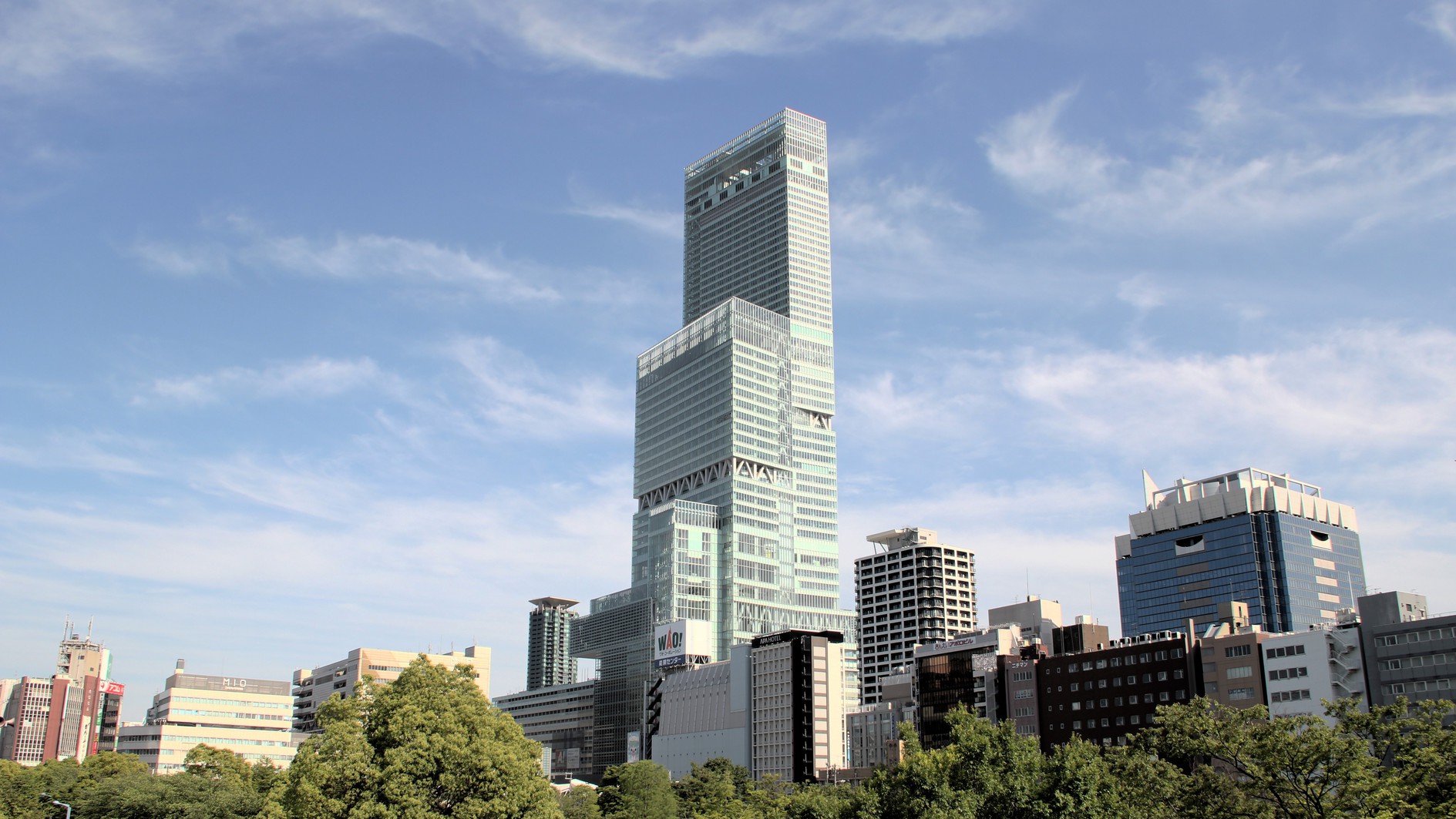
Enjoy a Comfortable Stay in Osaka! 10 Hotels with Convenient Airport Shuttle Services
-

Top 10 Recommended Hotels Near Namba Station with Great Access
-

Enjoy Night Views from Your Room! Recommended Hotels in Namba Area
-

Todai-ji Temple: Home to the Great Buddha of Nara - And a Nose Hole That Brings You Luck!?
by: WESTPLAN
-

What to Do in Osaka & Kyoto in August: Enjoy the Best of Kansai This Summer
by: Kaori Kimura
-

Hoshinoya Kyoto: This Incredible Japanese Hotel Welcomes You By Boat on a Sakura-Filled River
-

10 Best Family-Friendly Destinations and Experiences in Osaka for Summer (USJ, Pokémon Café, Fireworks Festivals & More)
-

Why Osaka Tennoji Zoo is So Popular with Foreign Tourists (Guide & Highlights)
-

Bamboo Floating Noodles?! Top 10 Ways to Enjoy Summer in Kyoto
- #best gourmet Osaka
- #things to do Osaka
- #what to do in kyoto
- #what to bring to japan
- #best gourmet Kyoto
- #new years in Osaka
- #what to buy in nanba
- #Visiting Osaka
- #onsen tattoo friendly arima
- #daiso
- #Visiting Kyoto
- #best japanese soft drinks
- #japanese fashion culture
- #japanese convenience store snacks
- #japanese nail trends




















